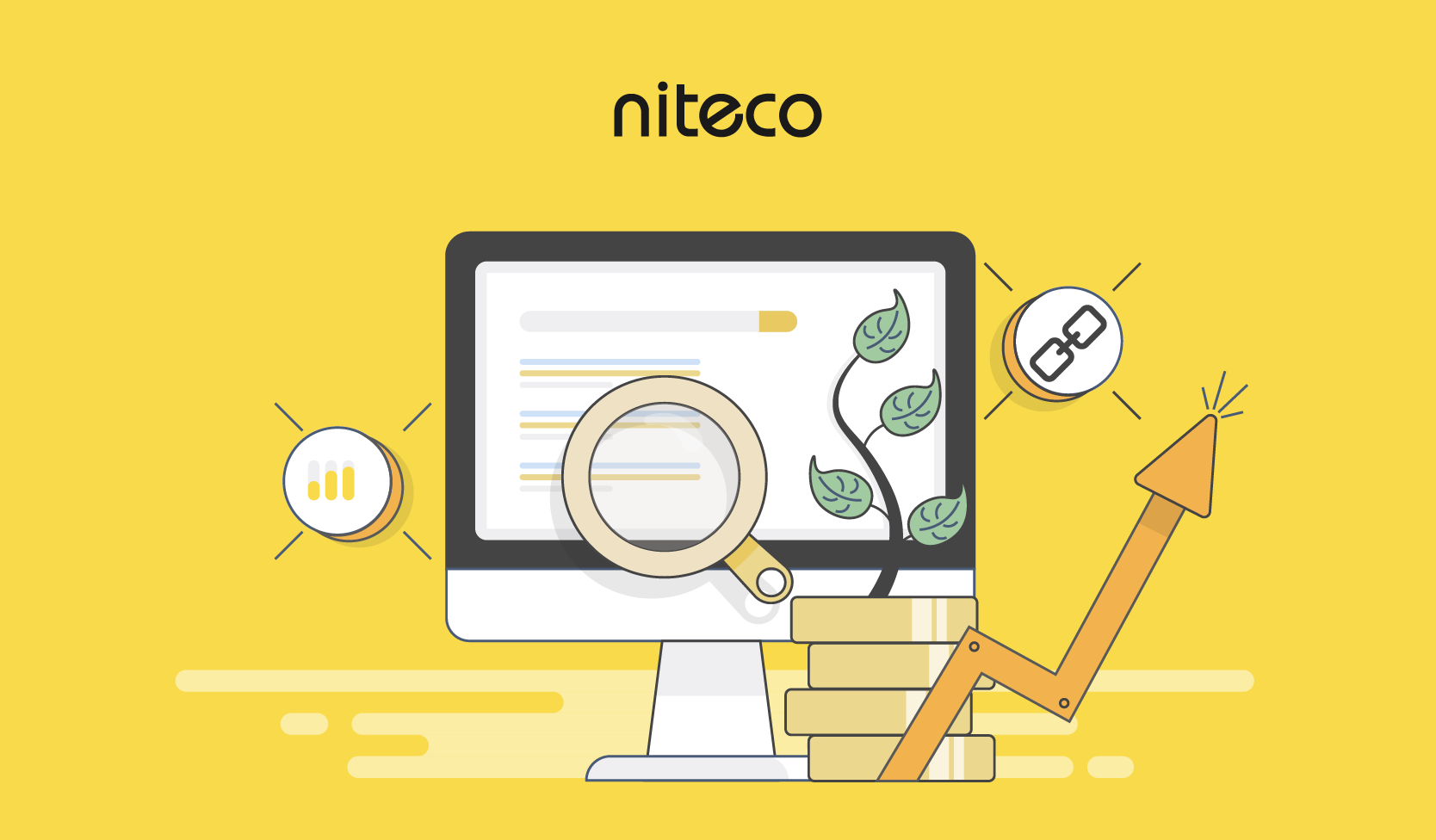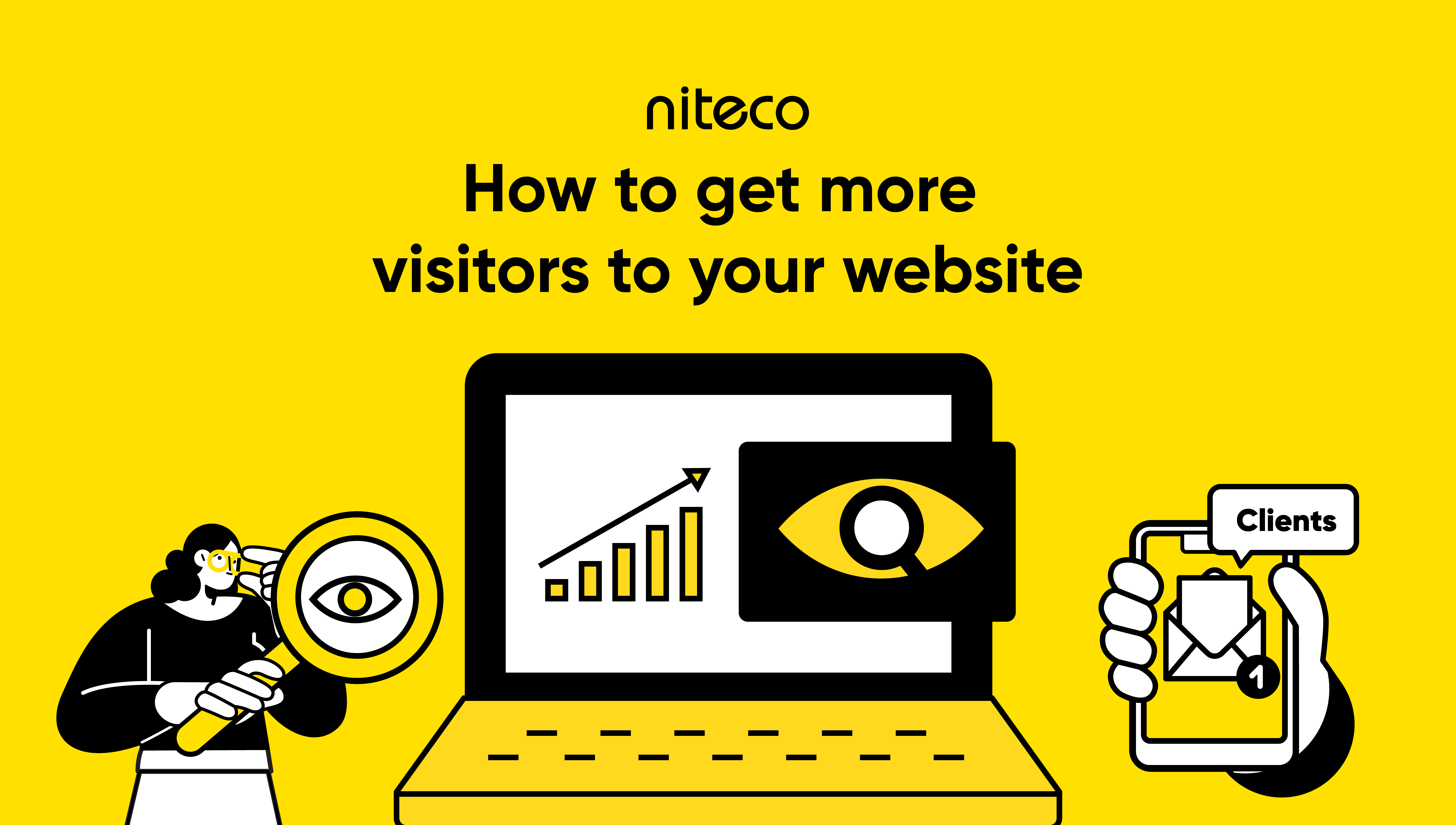Let’s be real - your website deserves better. It deserves a CMS that doesn’t buckle under pressure, break with every plugin update, or require a developer every time you want to change a comma. In 2025, content management isn’t just about publishing - it’s about scaling fast, personalizing deeply, and ranking higher than your competitors (yes, we’re talking SEO).
But with so many choices on the table - Optimizely, Adobe, Contentful, WordPress, and more - how do you know which one is the best CMS for eCommerce, or the best enterprise CMS to handle your brand’s ambitions?
That’s where this guide comes in. We’ve compared the top CMS platforms, feature by feature, metric by metric - so you don’t have to. So, grab a coffee and let’s decode the best website CMS options for 2025.
Best CMS Platforms for Enterprises in 2025
A closer look at 8 top CMS platforms in 2025 and what they bring to the table:
| Platform name | Best for | Key strengths |
| Optimizely | Large-scale enterprises, multi-market businesses |
|
| Contentful | Fast-growing teams, developer-heavy environments |
|
| Umbraco | Mid to large businesses on the Microsoft tech stack |
|
| Kentico |
Enterprises in highly regulated industries |
|
| WordPress (Enterprise) | SMEs, content-driven businesses |
|
| Shopify | SMBs to mid-size eCommerce brands |
|
| HubSpot CMS | B2B businesses, marketing-driven organizations |
|
| Adobe Experience Manager | Enterprises with complex commerce needs |
|
1. Optimizely
Optimizely is no stranger to marketers and developers at global enterprises. Its CMS is the flagship product in the Optimizely One ecosystem - an all-in-one digital experience platform trusted by brands like Electrolux, Zoom, Mazda, and Dolby.
Recognized as a Leader in The Forrester Wave™ for Content Management Systems (Q1 2025), the platform stands out for its high-performance content management capabilities. It’s easily one of the best CMS platforms for enterprise websites - especially for teams seeking power without sacrificing performance.
For large-scale businesses, Optimizely is the best CMS for SEO and for Ecommerce that satisfy complex digital needs. It offers much more than just “Add to Cart” functionality. It supports content management across multiple markets, enables personalization at scale, facilitates advanced experimentation, and allows complex Ecommerce configuration - all within a unified platform.

Key features
- User-friendly UI: Designed for marketers so the intuitive interface supports smooth workflows - minimizing developer dependency and speeding up time-to-market for campaigns.
- Built-in personalization: Personalize content for campaigns and audiences directly within the CMS - no need for external tools or complex integrations.
- SaaS CMS option: As a leader in the SaaS CMS space, Optimizely offers a SaaS-based version that lets developers build blazing-fast frontends while marketers retain full content control.
- Advanced capabilities: Includes experimentation, experience management, and data analytic - easily integrated thanks to its robust ecosystem.
Optimizely CMS pros
- Streamlined workflow: Manage content, commerce, and experimentation in one place.
- Future-ready: Built on the latest .NET framework with extensible APIs, plus AI-powered tools like Opal for smarter decision-making.
- Scalable: Ideal for growth - whether expanding to new languages, markets, or adding advanced features, it scales effortlessly.
Optimizely CMS cons
- Higher implementation cost compared to basic CMS platforms.
- Steeper learning curve, especially for teams new to enterprise-grade tools (as noted in Gartner reviews).
As the largest certified Optimizely partner and the first-ever certified Optimizely SaaS CMS expert - Niteco knows this platform inside and out. We helped a top home appliance brand achieve an 11x ROI and a 385% growth in conversion rates using Optimizely’s full capabilities. Ready to unlock similar - or even better - results? We're ready to help!
2. Contentful
Named a Strong Performer in The Forrester Wave™ for Content Management Systems, Q1 2023, Contentful is a headless CMS built for modern, fast-moving teams. It separates content from presentation, making it easy to reuse content across websites, apps, and other digital platforms. Many global brands like KFC, BMW, Audible use Contentful for its flexibility and developer-friendly architecture.
Contentful CMS is a go-to system for businesses focused on multichannel content delivery and front-end flexibility.

Key Features
- Headless architecture: Delivers content via APIs to any platform or device
- Content modeling: Gives teams control over how content is structured and reused
- Collaborative workflows: Supports role-based permissions and editorial collaboration
- Cloud-based CMS: Fast performance and scalable infrastructure
Contentful Pros
- Flexible for omnichannel strategies
- Developer-friendly with robust APIs and SDKs
- Clear separation of content and presentation
- Strong documentation and community support
Contentful Cons
- Requires more technical setup compared to traditional CMS platforms
- Limited built-in front-end capabilities
- Pricing can increase as usage scales
As the trusted Contentful Silver Partner, Niteco has successfully delivered 5+ Contentful projects for one of our valued client for over 6 years, with 88% cut in development cost. If you are into Contentful, we have our certified experts to get the most out of platform for you.
3. Umbraco
Another good name in the market, Umbraco is a highly flexible, open-source CMS built on the Microsoft .NET stack. With over 700,000 installations worldwide, it’s a favorite among businesses that want an editor-friendly interface without sacrificing power under the hood. Its clean UI, multilingual capabilities, and support for headless architecture make it a future-ready choice for enterprises. It’s an especially good fit for teams working in Microsoft environments who need a customizable solution that scales across channels.
Umbraco is perfect for brands looking to manage multi-language content efficiently, launch fast-loading websites, and deliver structured, scalable content experiences through traditional or headless setups.

Source: Umbraco
Key Features
- User-friendly editor: Clean, intuitive interface for content creators and marketers.
- Headless-ready: Umbraco Heartcore enables omnichannel content delivery.
- Multilingual & multisite support: Built-in support for global publishing needs.
- Version control & rollback: Safeguard your content with audit-friendly change history.
- Cloud hosting: Offers Umbraco Cloud with automatic updates and enterprise-grade security.
Pros
- Open-source and highly customizable
- Scales easily with headless architecture
- Excellent editor experience for non-tech users
- Seamless integration with Microsoft tools and third-party services
Cons
- Requires .NET expertise for deeper customization
- Smaller ecosystem compared to major DXPs
As a strong Umbraco partner, Niteco has helped enterprise clients in industries like consumer electronics and legal services maximize Umbraco’s potential - delivering lightning-fast performance (1.1-second page loads!) and SEO-optimized websites that convert. Whether it’s a migration, integration, or full-scale redesign, we’ve got the tech and talent to make Umbraco work hard for your business.
4. Kentico
Kentico is a secure and scalable digital experience platform built on .NET, designed for businesses that need a future-proof CMS without juggling a patchwork of tools. With strong support for both traditional and headless models, it gives enterprises full control over content delivery, personalization, and digital marketing from one centralized system. Whether you're running a multi-brand portfolio or building personalized experiences at scale, Kentico brings flexibility and security to your digital strategy, without overcomplicating it.
Kentico fits enterprises looking for an all-in-one solution that covers CMS, marketing automation, and commerce while ensuring compliance, scalability, and performance.

Key Features
- Future-proof architecture: Supports both traditional and headless delivery to match evolving content strategies.
- Enterprise-grade security: ISO-certified cloud hosting, automatic updates, and secure workflows built-in.
- Centralized content hub: Manage multiple websites, channels, and brands from a single platform.
- Built-in marketing automation: Personalization, campaign tracking, lead scoring, and more—no need for third-party tools.
- Scalability & performance: Designed to handle high-traffic environments while keeping performance steady.
Pros
- Unified platform for content, marketing, and commerce
- Strong focus on privacy, security, and compliance
- Ideal for Microsoft-based development teams
- Lower maintenance thanks to cloud-native setup
Cons
- Learning curve for teams new to the platform
- Not as plug-and-play as simpler CMSs
As a valued Kentico partner, Niteco has helped major players in the legal sectors launch secure, scalable, and lightning-fast websites. With our certified developers and proven track record, we ensure you get the most out of Kentico - right from planning to execution and continuous optimization.
5. Wordpress
WordPress is one of the most widely used CMS platforms, powering 43.6% of websites globally. It’s open-source, customizable, and supported by a massive plugin and theme ecosystem. While not featured in traditional enterprise quadrants due to its open-source nature, WordPress holds the top spot in terms of both adoption and presence among high-traffic websites according to W3Techs (April 2025).
As such, Wordpress is best for bloggers, small businesses to create content-driven websites, from simple blogs to complex portals and ecommerce stores with plugins like WooCommerce.

Key Features
- Customizable themes and plugins: Thousands of free and paid options
- User-friendly admin interface: Easy content management without coding
- Open-source community: Continuous updates and plugin development
- SEO-friendly: Optimized structure and plugins for SEO
WordPress Pros
- Large support community and documentation
- Flexible for many use cases
- Easy to scale with plugins and custom development
- Budget-friendly entry point
WordPress Cons
- Requires regular updates and maintenance
- Security risks if not managed properly
- Performance can suffer without optimization or managed hosting
6. Shopify CMS
Shopify is a popular CMS and commerce platform used by businesses of all sizes. According to W3Techs, Shopify has increased its CMS market share from just 1.0% in 2016 to 6.7% in 2025, securing its position as the second most widely used content management system. That’s why millions of online stores are using it.
But for the most suitable consumer? It is best for small to medium businesses focused on Ecommerce. The platform makes it easy to set up and run an online store without needing much technical expertise. It also supports omnichannel selling, including social media and marketplaces.
Key Features
- Built-in ecommerce features: Products, orders, payments, shipping, and more
- Theme-based customization: Customizable storefronts using prebuilt or custom themes
- App ecosystem: Thousands of plugins for added features
- Integrated hosting: Secure, fast, and always up-to-date
Shopify CMS Pros
- Quick setup with minimal technical knowledge
- Reliable hosting and security included
- Scalable for growing ecommerce needs
- Strong support and resources
Shopify CMS Cons
- Limited flexibility compared to open-source platforms
- Additional costs for apps and third-party integrations
- Less control over backend customization
7. HubSpot CMS
HubSpot CMS is part of the larger HubSpot ecosystem, combining website content management with built-in CRM, marketing, and automation tools. It is tailored to marketers and content teams who want to align content and lead generation efforts.
HubSpot CMS is best for marketing-focused teams and businesses using the HubSpot platform.
Key Features
- Drag-and-drop editor: Easy page creation with flexible layouts
- Smart content: Personalizes content based on visitor behavior
- CRM integration: Tracks visitor interactions directly in the CRM
- Built-in SEO tools: Helps optimize pages for search engines
HubSpot CMS Pros
- Easy to use with minimal training
- Integrated with marketing automation and CRM
- Secure and fully hosted
- Good support and learning resources
Hubspot CMS Cons
- Limited design and customization flexibility compared to open platforms
- Higher cost as features scale
- Less suited for highly custom development projects
8. Adobe Experience Manager (AEM)
Also, another Leader in the Forrester CMS report in Q1 2025, Adobe Experience Manager (AEM) is part of the Adobe Experience Cloud, designed for enterprises that manage content across multiple websites, regions, and channels. Brands like Nissan, Philips, and T-Mobile use AEM to support their large-scale digital operations.
It’s especially useful for companies already working within the Adobe ecosystem, including tools like Adobe Analytics and Adobe Target.
AEM is suitable for large enterprises with complex content operations that need consistent content reuse, global scalability, and tight integration with other marketing tools.

Source: Internet
Key features
- Flexible content delivery: Supports both traditional and headless models to fit various content strategies.
- Reusable components: Enables faster page building and consistent branding across teams.
- Seamless Adobe integration: Works natively with Adobe Commerce, Adobe Target, and Adobe Analytics.
- Cloud-native infrastructure: AEM as a Cloud Service simplifies infrastructure management and scaling.
AEM Pros
- Strong integration with Adobe’s marketing and commerce tools
- Built-in personalization and testing features
- Supports complex, multi-site and multi-language setups
- Scalable and secure for enterprise environments
AEM Cons
- High total cost of ownership
- Steeper learning curve for new users
With years of hands-on experience across the Adobe ecosystem, Niteco delivers more than just AEM expertise - we’ve got your Adobe Commerce needs covered too. Ready to scale your Adobe solutions? Let’s make it happen.
CMS features to look for in 2025
In 2025, the role of a CMS goes far beyond publishing web pages. For large enterprises and eCommerce businesses, the right CMS needs to handle complex workflows, deliver personalized experiences, and integrate seamlessly with business systems.
The best CMS for Ecommerce enterprise is no longer chosen based on surface-level features - they’re selected for scalability, flexibility, and performance. Below are the key features that define a top-tier CMS in today’s digital landscape.
- Personalization at scale: A leading CMS must enable real-time personalization across channels - adapting content based on behavior, location, preferences, or purchase history. Platforms like Optimizely come with native experimentation and personalization tools that make 1:1 customer experiences possible without relying on external platforms.
- Multilingual and multisite management: Enterprises with a global footprint need centralized control and localized flexibility. The best enterprise CMS provides tools that make scaling across languages and regions efficient, without duplicating effort.
- Headless and composable architecture: In 2025, flexibility is non-negotiable. Headless CMS options allow developers to decouple the backend from the frontend, creating faster, more customized experiences across devices. Composable architectures let businesses plug in the exact tools they need - content, commerce, analytics - while keeping their tech stack future-proof.
- SEO: Search engine visibility is still a major factor in digital success, and the best CMS for SEO gives marketers full control over key elements.
CMS for SEO
Optimizely stands out as an option of the best CMS for SEO, giving businesses both technical and strategic advantages. Its platform includes SEO-friendly features that can ensure your optimization for search seamlessly such as
- Customizable meta tags and canonical URLs
- URL rewriting and redirects management
- Mobile-optimized page delivery
- Structured data and schema support
- Integration with analytics tools like Google Analytics
CMS for Ecommerce
When it comes to building digital storefronts of that scale, Optimizely is also among the best CMS for Ecommerce. It supports complex enterprise needs by combining content, commerce, and experimentation in a single ecosystem. Another contender in the list will be Adobe Experience Manager (AEM), especially for businesses already embedded in the Adobe ecosystem.
The 2 platforms have conversion-driven capabilities that can ensure businesses have soaring checkout rates while improving ROI.
- Seamless integration with payment gateways, ERP, and inventory systems
- Support for product catalogs, variant management, and regional pricing
- Built-in personalization to deliver tailored offers and experiences
- Advanced experimentation to test product layouts, copy, or checkout flows
Choosing the Best CMS Platform for 2025
There’s no one-size-fits-all when it comes to CMS. Whether you're after the best CMS for eCommerce, SEO, or enterprise scalability, your choice should match your goals.
Optimizely continues to lead as a best enterprise CMS, offering advanced features for content, personalization, and experimentation. Adobe Commerce also stands strong for eCommerce-centric needs, while platforms like Contentful or Shopify offer fast, flexible setups.
In short, the best CMS platform is the one that meets your business needs today—and scales for tomorrow.
Not sure where to start? Talk to Niteco’s experts to find the right fit and get the most out of your digital investment.
to transform your business and drive results?



